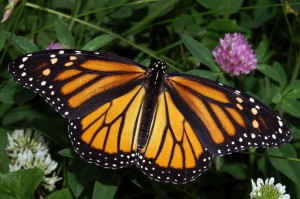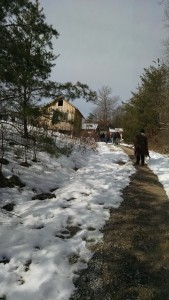Just wrapped up our second Whole Systems Gardening Class at School of Permaculture! It was a delight and privilege to be on the team teaching this 4-day intensive, seed to seed, harvest and preserve garden learning experience. We combined classroom and hands-on, with seed starting, marked out a mandala-style garden, learned about soil life, built an 18-day compost pile, tasted wonderful fermented vegetables and learned a lot about nutrition … Truly an experience. Watch for another class this fall and definitely another next spring!
My teaching schedule has kept me busy – and will continue keeping me busy. There was the Garden Readiness class at Trinity Haymarket a few weeks ago, and on March 26 I’ll be talking about Companion Planting to get the best results from your garden. And on April 16, I’ll be holding another Straw Bale Gardening class at Trinity Haymarket.
For other venues, I’ll be in Denison for the Culture of Arts Festival, talking about Companion Planting on April 2.
You can catch me at the Arboretum on April 9, discussing Permaculture Basics for the home garden.
AND, on April 15, I’ll be a panelist on urban agriculture at the Sustainable Summit held by Cedar Valley College.
For those of you who know me, you know I can talk gardening until your eyes glaze over. But I truly enjoy sharing my knowledge with anyone who wants to garden, and garden better.
NOW… I’ve also been on the road, learning. I attended the Southern Sustainable Ag Working Group conference in Lexington Kentucky at the end of January (I believe I posted a couple of photos of the permaculture farm I visited). And the second weekend of February brought the Texas Organic Farming and Gardening Conference to Rockwall. My head is still spinning with all that I learned. I’ll be passing along knowledge gained as I transcribe my notes.
That’s all for tonight … Digging in the dirt is good for the soul. Grow something!
Anita





